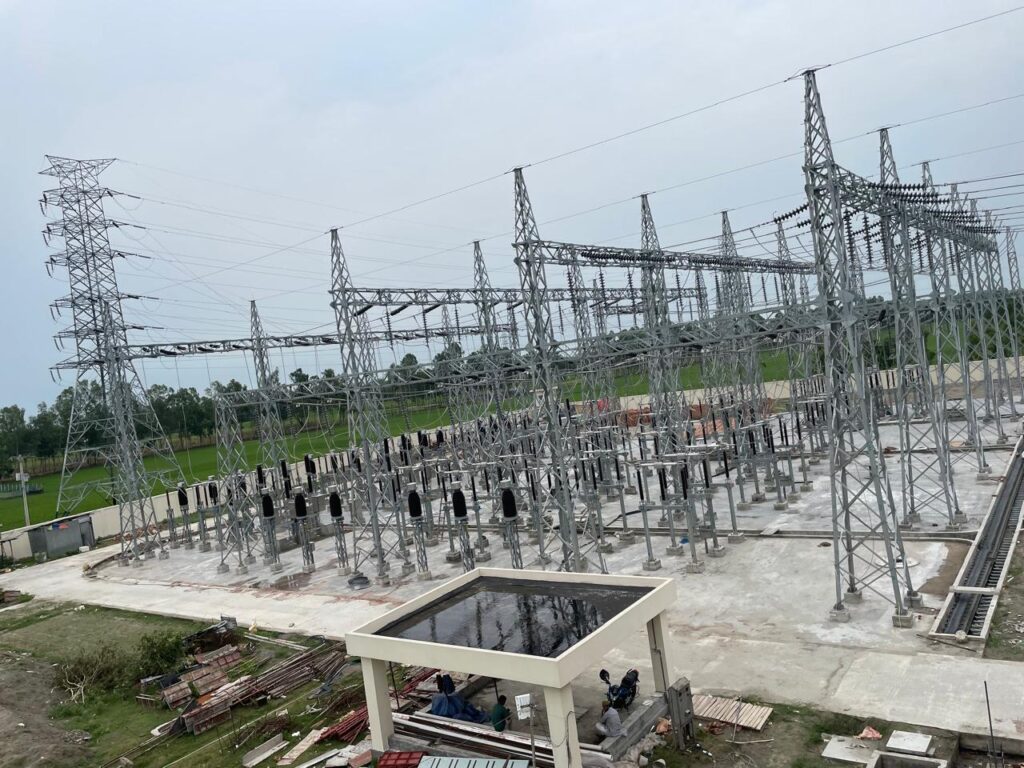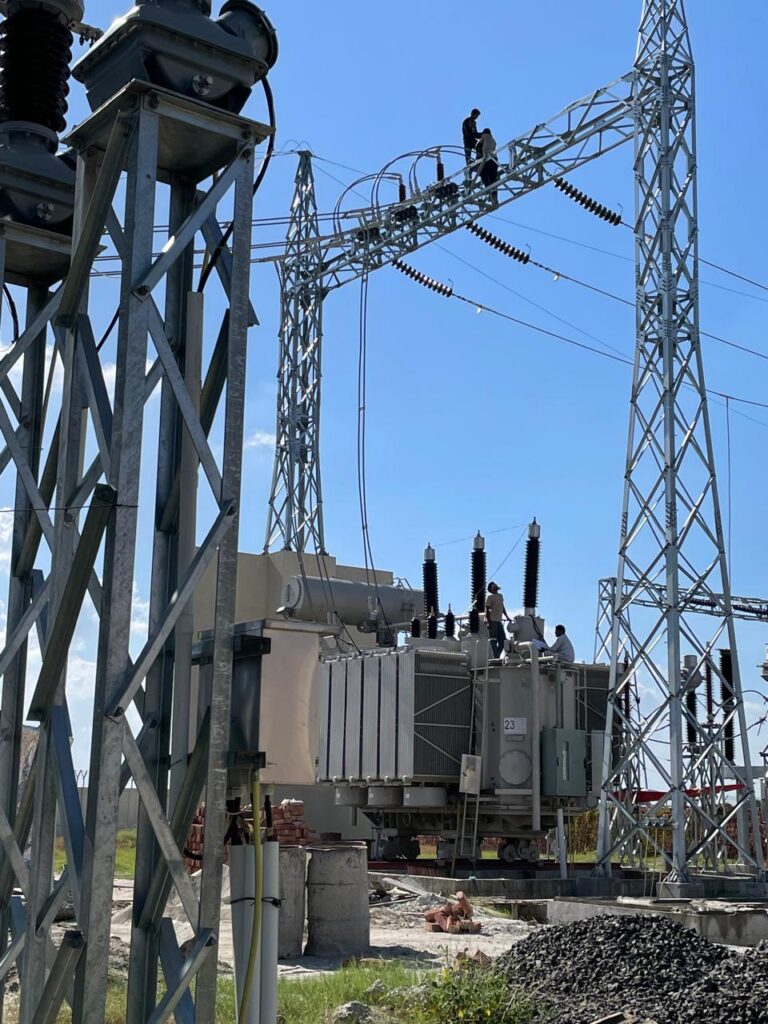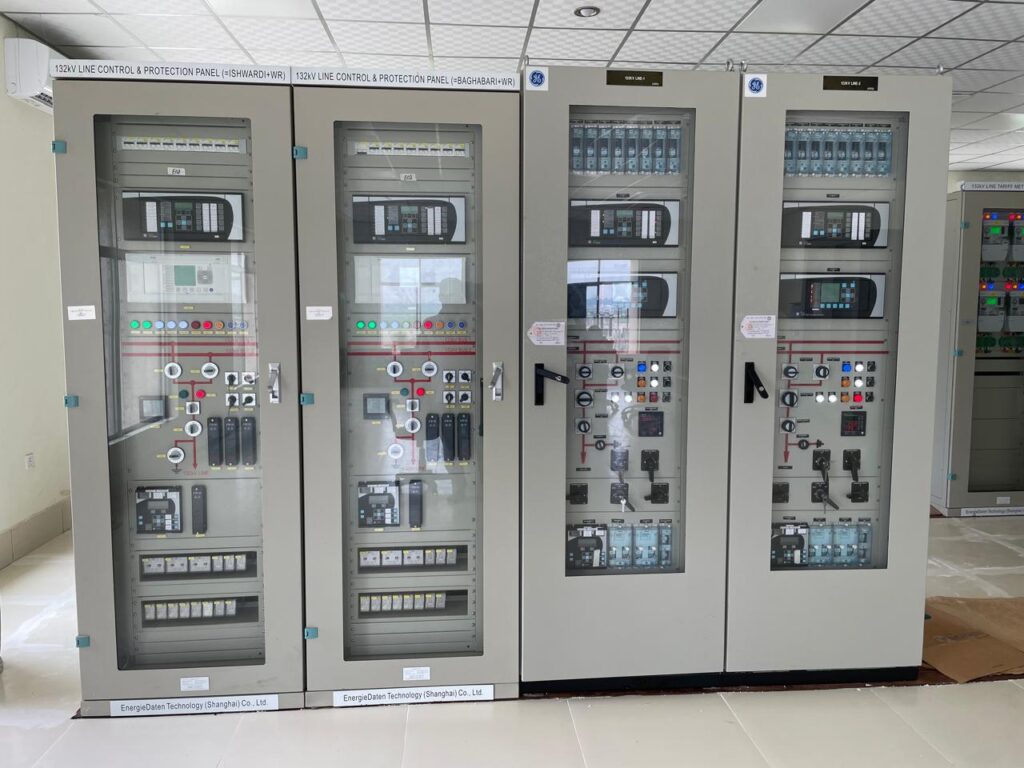Electrical substations are the backbone of modern power systems. This ensures the safe and reliable transmission and distribution of electricity. Before a substation can be brought into service, it must go through a systematic process of testing and commissioning. Substation commissioning checklist helps to verify that every component is installed correctly, operates as intended, and meets safety and performance standards.
A well-structured testing and commissioning checklist is essential to avoid errors, reduce downtime, and prevent costly failures after energization. A minor negligence in this work can trigger a major catastrophe, even resulting in loss of life.
In this article, we will walk through a comprehensive electrical substation testing and commissioning checklist. This is designed to help engineers, contractors, and utility professionals ensure smooth project execution and long-term system reliability.

Power Substation Commissioning Checklist
The first step of commissioning is visual inspection of all protection equipment, like Circuit breakers, lightning arresters, disconnecting switch, instrument transformers. Is there any damage, defect, or broken? Before checking any equipment, we need to confirm it, then move to the next step.
Disconnecting Switch(Isolator) Checklist
- Proper installation and grounding
- Insulation resistance in the acceptance range ( DR value and PI value are more than 1)
- Contact resistance value in the acceptance range.
- Open and close operation of the isolator.
- Checking the earth switch of the isolator(where it is installed)
Lightning Arrester Checklist
- Proper installation and grounding
- Measuring insulation resistance(IR test)
Checking Circuit Breaker
- Proper installation and grounding.
- Insulation resistance measurement test.
- Contact resistance measurement(CRM test)
- Circuit breaker timing test(closing time, opening time in milliseconds)
- SF6 pressure checking for gas-insulated circuit breaker
- Checking all the close coils and trip coils are in good condition
Current transformer(CT) checklist
- Verify proper installation and grounding.
- CT ratio, burden, knee point voltage, and polarity test in each tap of all cores.
- Tightness of the CT circuit
- CT tan-delta test.
- CT star point grounding, single point grounding test.
- CT core allocation checking from CT to protection relay, Energy meter, BCU, and Multifunction meter.
- CT spare core short. (It is very important cause CT secondaries are never open.
Potential Transformer(PT) checklist
- Checking proper installation and grounding.
- PT ratio and Tan-delta test.
- PT neutral point grounding and single point grounding test.
- PT core allocation checking from PT to control room( relay, energy meter, BCU, multi-function meter.
Checklist of Switchgear
- Verification of the earthing system.
- Earth resistance measurement.
Checklist for Distance Protection Relay
- 21- Distance all zone phase to earth, phase to phase, and 3-phase tripping, verify tripping time, Relay LED, and 86-lockout operation. Also, confirm circuit breaker tripping time.
- 79- Auto reclose function works properly for a transient single-phase to ground fault. Checking dead time, reclaim time. 86- lockout operation during fault within dead time and fault within reclaim time. Auto-reclose block during sync not ok, fault within dead time, fault within reclaim time, circuit breaker not healthy, and circuit breaker not ready condition.
- Accelerated trip in selected zone(especially zone 2) during switch onto fault condition(SOTF).
- 85-21 carrier-aided distance trip or pilot distance trip, which gives an accelerated trip in zone 2.
- 85-67N carrier aided DEF, at 85-receiving condition, all points in forward directions give a trip, also zone 2 and 3 give an accelerated trip.
- VT(voltage transformer) supervision: verify the VT fail LED. Distance, 67, and 67N blocking during VT fuse failure happen. But 50/51N activation during VT fuse failure.
- Synchronization condition checking with voltage magnitude, frequency, and phase angle. Also check it in dead line dead bus, live line dead bus, and live line live bus condition. Circuit breaker closed block in sync not ok condition.
- Checking the power swing block condition in all zones.
- Verifying carrier signal send and receive for 82-21 and 85-67N according to the scheme zone 1 or zone 2. Check send prolongation time.
- Backup over current(67/50/51) and earth fault(67N/50N/51N) trip checking for all stages according to the scheme. Check pickup value, trip time, and 86-lockout.
- Over-voltage protection checking. Here, also check the pickup value, trip time, and 86-lockout operation.
- Broken conductor protection trip checking. Verify I2/I1 ratio and the trip time.
Checklist for Transformer Commissioning

Primary Testing Checklist of Transformer
- Short circuit testing of the transformer.
- Bushing CT ratio test.
- Tan-delta test of a transformer.
- Differential balance.
- REF balance of transformer.
- Insulation Resistance Test.
- Magnetic Balance Test.
- Vector group test.
- Transformer ratio test.
- SFRA curve matches with factory test.
- OLTC operation check.
- Cooling fan operation check.
- Interlock checking.
Checklist for Transformer Primary Protection
- Check the Alarm and trip for the Buchholz main tank and Buchholz OLTC.
- Check trip by all pressure release devices (PRD) of the main tank and OLTC.
- Conservator Oil level low alarm.
- HV winding temperature, LV winding temperature, Oil temperature alarm, and trip.
- CB tripping and inter-tripping with lockout operation.
Transformer Relay Protection Checklist
- Transformer differential test, check CB tripping & inter-tripping, 86-lockout operation.
- Verify inrush blocking, harmonic blocking, and through fault blocking.
- Checking restricted earth fault(REF) balance, tripping and inter-tripping for REF imbalance.
- Checking over-current and earth fault for all stages in HV side and LV side.
- Check overvoltage alarm and tripping.
- Overflux alarm and tripping.
- Thermal Overload tripping.
Additional Checklist for Relay, Relay Panel, and Control Panel

- Checking binary input output.
- Checking fault log and disturbance record.
- Check that the Relay display is not faulty.
- Trip Circuit Supervision(TCS) checking, check the circuit breaker phase-wise close block by making the trip circuit unhealthy one by one(keeping only one trip circuit unhealthy and others in healthy). Also, check the trip circuit unhealthy alarm in the annunciator.
- Check circuit breaker tripping by activating only one trip circuit at a time.
- Check that the circuit breaker anti-pumping works properly.
- Check pole discrepancy tripping and trip time.
- Verify DC changeover and no relay or BCU gets restarted during DC changeover.
- Confirm there is no DC earth fault. That means the absolute value of positive to ground voltage and negative to ground voltage is almost the same.
- Scheme checking.
- Check the interlock of DS, ES, and CB.
- Close blocked during spring discharge, SF6 low, lockout operated condition.
- Check the lockout trip individual.
Frequently Asked Questions on Substation Commissioning Checklist
What is substation commissioning?
Substation commissioning is the systematic process of testing, verifying, and validating all equipment, systems, and protection schemes in a substation before it is energized and put into service.
How long does substation commissioning take?
The commissioning time of a substation depends on its size, number of lines, and transformer. A simple substation with two lines and two transformers takes at least one and a half months.
Who is responsible for preparing the commissioning report?
Contractor’s engineers are responsible for preparing the commissioning report.
What tests are mandatory before energization?
Transformer differential stability, REF stability, and CT PT core allocation tests are mandatory before energization of a substation.
What Are the Key Objectives of Substation Commissioning?
The key objectives of substation commissioning are safety, Reliability, Performance, and Compliance.
That’s all for today. Hope this article will help you increase your knowledge. The above checklist will help to ensure higher system reliability, longer equipment life, and most importantly, safety for both personnel and equipment. In the next few articles, I will explain the above list one by one. So, visit powersynchro regularly to get more updates.

Pingback: Circuit Breaker Anti-Pumping Relay Working Principle - Power Synchro